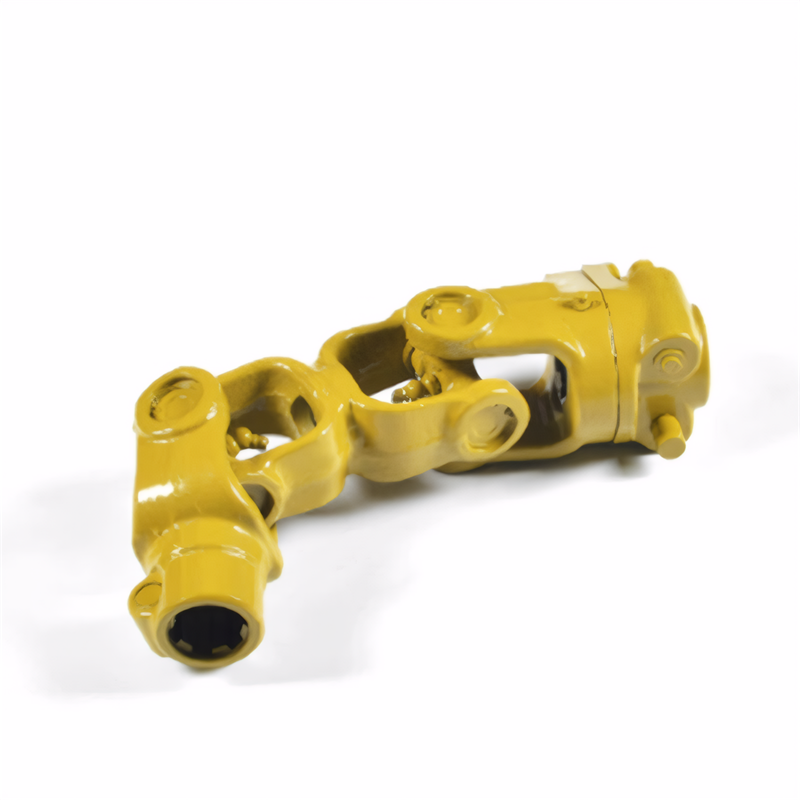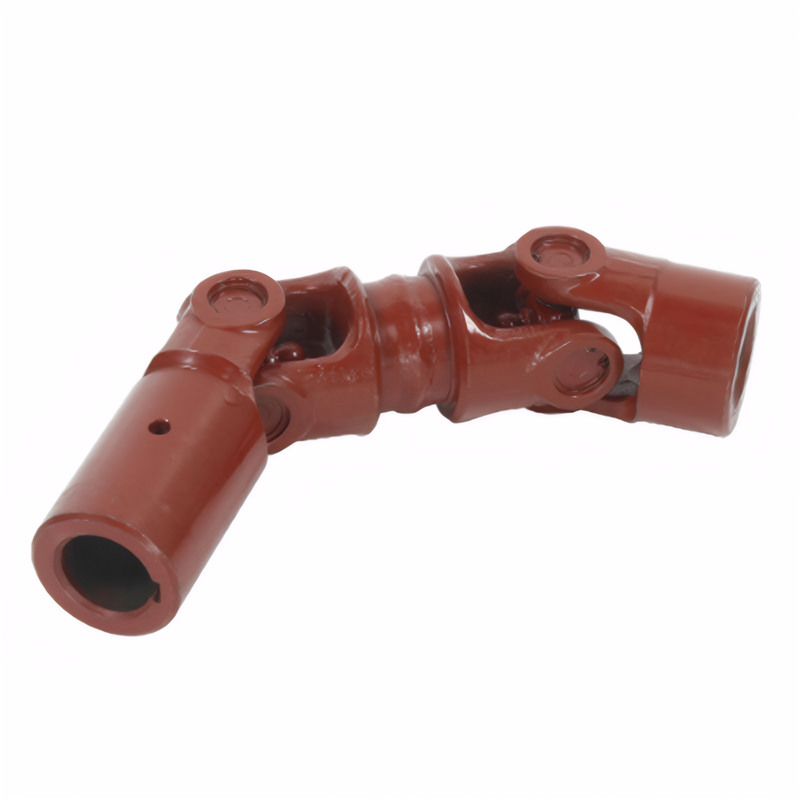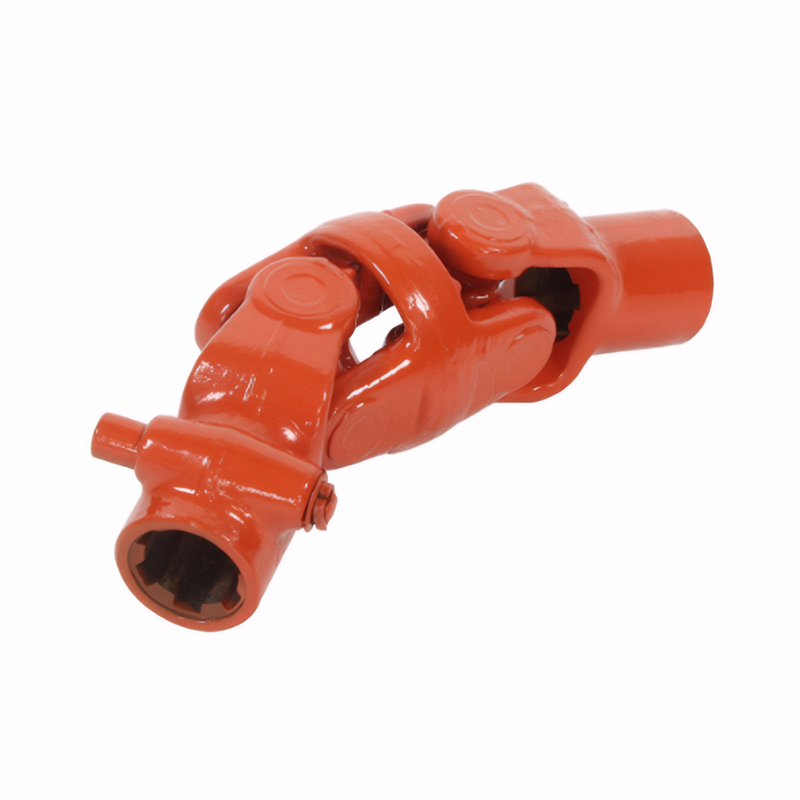Solution to the loosening of the drive shaft bolts
Solutions for Loose Driveshaft Bolts: A Technical Guide to Ensuring Safety and Performance
Loose driveshaft bolts pose significant risks, including vibration, abnormal noise, and catastrophic component failure. These issues often stem from improper torque, material fatigue, or environmental factors. This guide provides detailed strategies for identifying, resolving, and preventing driveshaft bolt loosening, emphasizing safety and long-term reliability.
Identifying Symptoms of Loose Driveshaft Bolts
Unusual Vibrations During Operation
A loose driveshaft bolt creates imbalance, causing the shaft to wobble at high speeds. Drivers may notice steering wheel shimmies or floorboard vibrations, particularly between 30-60 mph. These vibrations intensify under acceleration, as the bolts struggle to maintain connection between the driveshaft and differential or transmission.
Audible Clunking or Rattling Noises
Loose bolts allow the driveshaft to shift slightly during gear changes or torque fluctuations. This movement produces metallic clunks, especially when shifting from park to drive or reverse. In severe cases, the noise may resemble marbles rolling inside the driveshaft tunnel, indicating excessive play between components.
Visible Bolt Movement or Corrosion
Inspect the driveshaft flange for signs of bolt movement. Fresh scratches or polished areas around bolt heads suggest recent shifting. Corrosion or rust streaks extending from bolt threads to the flange surface indicate prolonged exposure to moisture, which accelerates loosening by weakening the metal-to-metal bond.
Step-by-Step Repair Process for Loose Bolts
1. Initial Inspection and Safety Preparations
Park the vehicle on a level surface and engage the parking brake. Use wheel chocks to prevent rolling. Lift the vehicle with a hydraulic jack and secure it on jack stands. Remove the driveshaft’s protective shield (if equipped) to access the bolts. Wear safety glasses to shield against falling debris during disassembly.
2. Removing and Inspecting the Bolts
Use a breaker bar or impact wrench to loosen the bolts in a crisscross pattern, preventing warping of the flange. Remove the bolts and inspect them for damage. Look for stretched threads, cracked heads, or elongated holes in the flange. A 2024 automotive study found that 18% of driveshaft failures involved bolts with visible thread deformation.
3. Cleaning and Preparing Surfaces
Scrape off old gasket material or sealant from the flange and driveshaft mating surfaces using a plastic scraper. Wipe both surfaces with brake cleaner and a lint-free cloth to remove oil, dirt, and corrosion. Lightly sand the flange with 220-grit sandpaper to create a rough texture, enhancing sealant adhesion.
4. Reinstalling Bolts with Proper Torque
Apply a thin layer of thread-locking compound to the bolt threads, following the manufacturer’s recommendations for vibration resistance. Align the driveshaft with the differential or transmission using alignment marks (if present). Hand-tighten the bolts in a star pattern to ensure even pressure. Use a calibrated torque wrench to tighten each bolt to the vehicle’s specified torque value, typically between 45-75 ft-lbs depending on the application.
Advanced Techniques for Preventing Future Loosening
Using Thread-Locking Compounds Effectively
Medium-strength thread lockers (e.g., blue Loctite) are ideal for driveshaft bolts, balancing ease of removal with vibration resistance. Apply the compound sparingly to the middle third of the bolt threads, avoiding the first two threads near the head. Over-application can cause excess to squeeze into the mating surfaces, reducing clamping force.
Implementing Safety Wire for Critical Applications
In high-vibration environments, such as off-road or racing vehicles, safety wiring provides redundant security. Drill a small hole (1/16 inch) through the bolt head and into the flange. Thread stainless steel wire through the holes in a zigzag pattern, pulling it tight to prevent rotation. Trim excess wire and bend the ends away from moving parts to avoid snags.
Regular Maintenance and Re-Torque Checks
Include driveshaft bolts in your routine maintenance schedule. Every 12,000 miles or during transmission service, re-inspect the bolts for tightness. Use a torque wrench to verify they still meet specifications, as vibration and thermal cycling can gradually reduce clamping force. A 2025 industry report noted that 12% of driveshaft issues could have been prevented with biannual re-torque checks.
Environmental and Operational Considerations
Protecting Bolts from Corrosion
Exposure to road salt, mud, or water accelerates bolt degradation. After washing the vehicle, dry the undercarriage thoroughly, paying special attention to the driveshaft area. Apply a thin coat of anti-corrosion spray to the bolts and flange, focusing on crevices where moisture can accumulate.
Adjusting Driving Habits to Reduce Stress
Avoid aggressive launches or sudden shifts, which subject the driveshaft to torsional spikes. For manual transmission vehicles, match engine RPM to wheel speed during gear changes to minimize stress on the bolts. In automatic vehicles, come to a complete stop before shifting between drive and reverse.
Monitoring for Wear in Related Components
Worn universal joints or CV axles can create excessive driveshaft movement, stressing the bolts. Inspect these components during oil changes or tire rotations. Replace any joints with play exceeding 0.010 inches, as vibrations from worn parts will accelerate bolt loosening.
By systematically addressing the causes of driveshaft bolt loosening and implementing preventive measures, you can ensure reliable vehicle performance and avoid costly repairs. Regular inspections, proper torque application, and environmental protection form the foundation of a durable driveshaft system.
 Accuracy requirements for the
Accuracy requirements for the
 Selection of universal joint t
Selection of universal joint t
 Standard for coaxiality error
Standard for coaxiality error
 Requirements for the surface r
Requirements for the surface r
 简体中文
简体中文 English
English
